I had the privalege of reviewing the Coolsat 5000. The 5000 is the newest model from Coolsat, and is an upgrade from their very popular 4000 model. I was able to review the 4000 a while back, so I got to see first hand what the 5000 would do.
The first thing I noticed is the unit is slimmer than the 4000 and a little bit heavier. On the back were a set of audio video plugs, s-video, rf inputs & outputs, and a loop out for a second receiver. The 2 big features are the component outputs and BOTH a coaxial and RCA output for Dolby digital. I didn't know if the unit would output AC-3 or not, but would find out later. The remote is a universal one and the main buttons are big. Don't have to fumble around with this one : )
Once I hooked up my setup and turned the unit on, the first screen made me pick my language. After I selected English, it popped me to the familiar Coolsat screen. I selected installation and it asked me for my password. I learned with the 4000, there was a screen that you could turn off the "ask password". I'll get to that later. I selected Dish Setting and went in to change my LNB setup. Here is where you set up your system. I selected IA6 because it was my True South. The cool part is it has the new names of satellites (IA6. IA5, etc). Since I was using a regular LNB, I selected 10750 as LNB Frequency and backed out of this screen. I then went into the motorized setup. This is the one drawback of the Coolsat (in my humble opinion). I have used a Pansat for so long (and the Pansat allows you to set everything up in one screen) so I'd have to get use to the 2 separate screens for motorized. I selected a transponder that was active and scrolled down to motor. Since this was a temp setup, I used 1.2 settings and moved until I had a green quality. The neat feature when moving is you hold down the button to move but when it got near the signal, when you let go of the button, the unit seems to hone in on the best signal. You can fine tune if needed. So I went to save it, but here is a cool feature. You just have to exit (make sure to say yes to save changes). The unit STORES IT BY ITSELF!! No need to pick a satellite to store (the Pansat needs to select a satellite) and no having to monkey around with it–just back out. I could use the USALS feature, but I'll do that once I set the unit up for full use. I backed to main screen and decided to do a blind scan. The Blind scan has lots of options. You can scan the whole KU spectrum (11.7-12.2) or just what you want. So if you know a frequency is somewhere between 11990-12010, just program that in. You don't have to wait for it to scan the whole spectrum. But one thing I noticed is the blind scan is FAST! I changed the mode from "ALL" to "FTA" because I didnt want the scrambled stuff. The unit scanned IA6 and as it scan, it logs the channels. Other receivers I've used log all the Transponders it finds, then scans the transponders for channels. This does it in one step, logs the transponders and channels. I put it up against my Pansat for speed. I had both units on same satellite (SBS6) and blind scanned it. Both units picked up the same amount of transponders and channels, but the Coolsat scanned SBS6 in almost half the time as the Pansat 1500 I have used for 20 months. This is a major plus in my book as I do a lot of scanning for feeds. Once I was done, I decided to scan a DBS slot. So I went to Nimiq1. But much to my amazement, it wasn't in there. Neither Nimiq satellites were in there. So I added it, as there are 20 blank satellites. So I added Nimiq 1 and repeated the above. Since I had a 22k switch for DBS, I had to select the 22K on. I figured the blind scan would be a little longer, just due to the amount of channels the unit would be processing, and whether or not it was free. It blind scanned Nimiq1 and logged all free channels in just under 5 minutes. It only logged the free channels, no dummy channels like some other units do. For fun, I scanned it saying "ALL" and it scanned in just under 4 minutes. So the extra minute was for figuring out if it was free or not.
I scanned a few more satellites in so I could see what the unit can do. One option once you are set up is scan multiple satellites. It would scan one satellite, and then move to the next. I did scan in AMC3 so I could check the AC-3 to see if it would output it. I hooked up my simple audio decoder to it and popped on PBS. Much to my happiness, the Dolby digital light came on the audio receiver and I had audio. So AC-3 comes standard on the unit, and I didn't have to monkey around with settings. The unit has a picture in guide so I can scan my channel list and still see my program. The only thing I have to get use is when you find a channel, you have to hit OK twice. If you hit it once, it goes to that channel, but if you exit out it goes back to the last channel you were on. When you are in the channel guide, it does show the transponder info in the right corner. I flipped over to the audio side, where there is a picture of a radio and your info bar at the bottom, which does disappear after a few seconds. The radio picture is nice, but I would go for a black screen as to prevent burn in on the TV. One thing I noticed was on ExpressVu the EPG populated very quickly. I just wish most programmers would have EPG info. This is a nice feature but pretty much useless since most programmers don't have EPG info. This does work good for the audio channels because you don't have to remember what channel has what type of music on it.
The unit has a real time clock that can be set by satellite or manually. Some satellites have the clock off so I manually set it. There are 8 timers that can be set if you want. I did set one and it went off without a hitch. One of the "oddball" features is the multi screen option. You can have multiple channels on one screen. Unless you select one of the screens, all it has is a screen shot. If you select the channel, then you get the live picture. You can do 1x2, 2x2, 2x3 or 3x3. I did the 2x3 option and it showed the channel I was on and the next 5. This is neat but if one or more of the channels are on another satellite, the unit moves to it (I tried this on SBS6 where I only had 4 channels and then it moved to AMC6 where the next two channels in my list were).
Moving, editing, and deleting channels was a snap. One of the features is you can delete all radio channels, all scrambled channels, or all channels. There are a couple games and a calculator in the setup too.
The main features of the unit are
-on screen display
-DiseQc Control (can use both a motor and a switch)
-DiseQc 1.2 and USALS
-8 favorite lists
-skip, delete, move, and rename channels
-Channel sort by name and transponder
-EPG
-Blind scan
-Multi satellite search
-Manual and PID scan
-Games
-Parental Lock
-Component output
-S-Video ouput
-Dolby Digital output and AC-3 output
-Multi picture
-Universal Remote
-card reader
Some of the features I really like are the FAST blind scan, the multiple satellite scan and the AC-3 output.
The minor nuisances are pretty minor. The first thing I have to get use to would be the "hit OK twice to go to a channel". I'm use to hitting OK once and then hitting exit to remove the channel list. When you hit OK twice that does the same thing. The other minor thing is the quality meter. The 4000 had the same thing and I thought they would change this. The meter seems to only work between 60-85, which when using other machines can be a bad thing. My Pansat has a very spazmatic meter, but it seems to be true. The unit goes from 30-99. I scanned in a feed that shows as 99 on the Pansat, yet only a 83 on the Coolsat. Conversely, the Pansat logged in a channel at 45, but the Coolsat shows 70. The Coolsat logged the Nimiq1 satellite as 79-83 on all tranponders, when other units would log it as 75-99. This worries me as I don't know if the feed is a 35 (and could break up) or at a 99 (and booming.) Maybe Coolsat will fix that.
All and all, this is an upgrade to the 4000 I tested a while back. I know the 4000 now has the same blind scan parameter option as the 5000 does, but the AC-3 standard and it seems like this unit is faster in the blind scan than some other units I've worked with. The main differences between the 4000 & the 5000 are the component output, AC-3 standard and the blind scan seems to be a little faster than the 4000 when I reviewed it. The one drawback between the two is the 4000 has 2 set of a/v outputs, where the 5000 only has one. The 5000 replaced that other set with the component output.
On a 1-10 scale, I give this unit a solid 9.5. With a fast blind scan and AC-3 standard, along with an easy to use remote (very big buttons) makes this a great receiver for the beginner or for the veteran. This is a unit I highly recommend if you are looking for a FTA unit.
The first thing I noticed is the unit is slimmer than the 4000 and a little bit heavier. On the back were a set of audio video plugs, s-video, rf inputs & outputs, and a loop out for a second receiver. The 2 big features are the component outputs and BOTH a coaxial and RCA output for Dolby digital. I didn't know if the unit would output AC-3 or not, but would find out later. The remote is a universal one and the main buttons are big. Don't have to fumble around with this one : )
Once I hooked up my setup and turned the unit on, the first screen made me pick my language. After I selected English, it popped me to the familiar Coolsat screen. I selected installation and it asked me for my password. I learned with the 4000, there was a screen that you could turn off the "ask password". I'll get to that later. I selected Dish Setting and went in to change my LNB setup. Here is where you set up your system. I selected IA6 because it was my True South. The cool part is it has the new names of satellites (IA6. IA5, etc). Since I was using a regular LNB, I selected 10750 as LNB Frequency and backed out of this screen. I then went into the motorized setup. This is the one drawback of the Coolsat (in my humble opinion). I have used a Pansat for so long (and the Pansat allows you to set everything up in one screen) so I'd have to get use to the 2 separate screens for motorized. I selected a transponder that was active and scrolled down to motor. Since this was a temp setup, I used 1.2 settings and moved until I had a green quality. The neat feature when moving is you hold down the button to move but when it got near the signal, when you let go of the button, the unit seems to hone in on the best signal. You can fine tune if needed. So I went to save it, but here is a cool feature. You just have to exit (make sure to say yes to save changes). The unit STORES IT BY ITSELF!! No need to pick a satellite to store (the Pansat needs to select a satellite) and no having to monkey around with it–just back out. I could use the USALS feature, but I'll do that once I set the unit up for full use. I backed to main screen and decided to do a blind scan. The Blind scan has lots of options. You can scan the whole KU spectrum (11.7-12.2) or just what you want. So if you know a frequency is somewhere between 11990-12010, just program that in. You don't have to wait for it to scan the whole spectrum. But one thing I noticed is the blind scan is FAST! I changed the mode from "ALL" to "FTA" because I didnt want the scrambled stuff. The unit scanned IA6 and as it scan, it logs the channels. Other receivers I've used log all the Transponders it finds, then scans the transponders for channels. This does it in one step, logs the transponders and channels. I put it up against my Pansat for speed. I had both units on same satellite (SBS6) and blind scanned it. Both units picked up the same amount of transponders and channels, but the Coolsat scanned SBS6 in almost half the time as the Pansat 1500 I have used for 20 months. This is a major plus in my book as I do a lot of scanning for feeds. Once I was done, I decided to scan a DBS slot. So I went to Nimiq1. But much to my amazement, it wasn't in there. Neither Nimiq satellites were in there. So I added it, as there are 20 blank satellites. So I added Nimiq 1 and repeated the above. Since I had a 22k switch for DBS, I had to select the 22K on. I figured the blind scan would be a little longer, just due to the amount of channels the unit would be processing, and whether or not it was free. It blind scanned Nimiq1 and logged all free channels in just under 5 minutes. It only logged the free channels, no dummy channels like some other units do. For fun, I scanned it saying "ALL" and it scanned in just under 4 minutes. So the extra minute was for figuring out if it was free or not.
I scanned a few more satellites in so I could see what the unit can do. One option once you are set up is scan multiple satellites. It would scan one satellite, and then move to the next. I did scan in AMC3 so I could check the AC-3 to see if it would output it. I hooked up my simple audio decoder to it and popped on PBS. Much to my happiness, the Dolby digital light came on the audio receiver and I had audio. So AC-3 comes standard on the unit, and I didn't have to monkey around with settings. The unit has a picture in guide so I can scan my channel list and still see my program. The only thing I have to get use is when you find a channel, you have to hit OK twice. If you hit it once, it goes to that channel, but if you exit out it goes back to the last channel you were on. When you are in the channel guide, it does show the transponder info in the right corner. I flipped over to the audio side, where there is a picture of a radio and your info bar at the bottom, which does disappear after a few seconds. The radio picture is nice, but I would go for a black screen as to prevent burn in on the TV. One thing I noticed was on ExpressVu the EPG populated very quickly. I just wish most programmers would have EPG info. This is a nice feature but pretty much useless since most programmers don't have EPG info. This does work good for the audio channels because you don't have to remember what channel has what type of music on it.
The unit has a real time clock that can be set by satellite or manually. Some satellites have the clock off so I manually set it. There are 8 timers that can be set if you want. I did set one and it went off without a hitch. One of the "oddball" features is the multi screen option. You can have multiple channels on one screen. Unless you select one of the screens, all it has is a screen shot. If you select the channel, then you get the live picture. You can do 1x2, 2x2, 2x3 or 3x3. I did the 2x3 option and it showed the channel I was on and the next 5. This is neat but if one or more of the channels are on another satellite, the unit moves to it (I tried this on SBS6 where I only had 4 channels and then it moved to AMC6 where the next two channels in my list were).
Moving, editing, and deleting channels was a snap. One of the features is you can delete all radio channels, all scrambled channels, or all channels. There are a couple games and a calculator in the setup too.
The main features of the unit are
-on screen display
-DiseQc Control (can use both a motor and a switch)
-DiseQc 1.2 and USALS
-8 favorite lists
-skip, delete, move, and rename channels
-Channel sort by name and transponder
-EPG
-Blind scan
-Multi satellite search
-Manual and PID scan
-Games
-Parental Lock
-Component output
-S-Video ouput
-Dolby Digital output and AC-3 output
-Multi picture
-Universal Remote
-card reader
Some of the features I really like are the FAST blind scan, the multiple satellite scan and the AC-3 output.
The minor nuisances are pretty minor. The first thing I have to get use to would be the "hit OK twice to go to a channel". I'm use to hitting OK once and then hitting exit to remove the channel list. When you hit OK twice that does the same thing. The other minor thing is the quality meter. The 4000 had the same thing and I thought they would change this. The meter seems to only work between 60-85, which when using other machines can be a bad thing. My Pansat has a very spazmatic meter, but it seems to be true. The unit goes from 30-99. I scanned in a feed that shows as 99 on the Pansat, yet only a 83 on the Coolsat. Conversely, the Pansat logged in a channel at 45, but the Coolsat shows 70. The Coolsat logged the Nimiq1 satellite as 79-83 on all tranponders, when other units would log it as 75-99. This worries me as I don't know if the feed is a 35 (and could break up) or at a 99 (and booming.) Maybe Coolsat will fix that.
All and all, this is an upgrade to the 4000 I tested a while back. I know the 4000 now has the same blind scan parameter option as the 5000 does, but the AC-3 standard and it seems like this unit is faster in the blind scan than some other units I've worked with. The main differences between the 4000 & the 5000 are the component output, AC-3 standard and the blind scan seems to be a little faster than the 4000 when I reviewed it. The one drawback between the two is the 4000 has 2 set of a/v outputs, where the 5000 only has one. The 5000 replaced that other set with the component output.
On a 1-10 scale, I give this unit a solid 9.5. With a fast blind scan and AC-3 standard, along with an easy to use remote (very big buttons) makes this a great receiver for the beginner or for the veteran. This is a unit I highly recommend if you are looking for a FTA unit.
Attachments
-
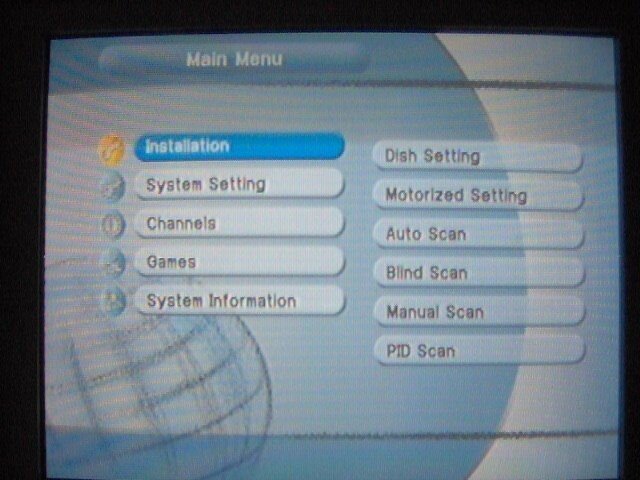 IM000481.JPG48.7 KB · Views: 2,315
IM000481.JPG48.7 KB · Views: 2,315 -
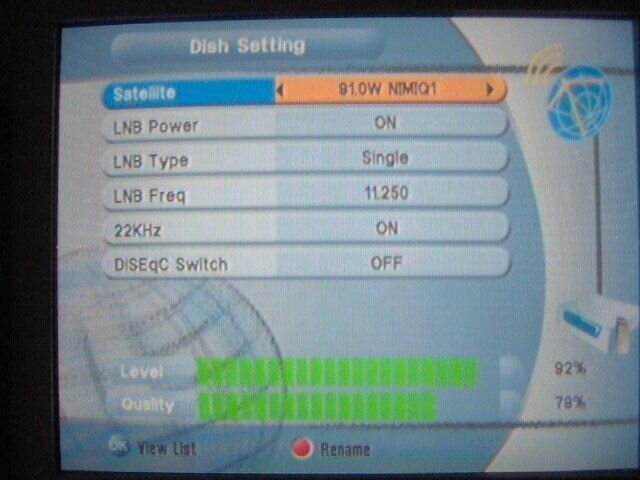 IM000482.JPG47.1 KB · Views: 1,904
IM000482.JPG47.1 KB · Views: 1,904 -
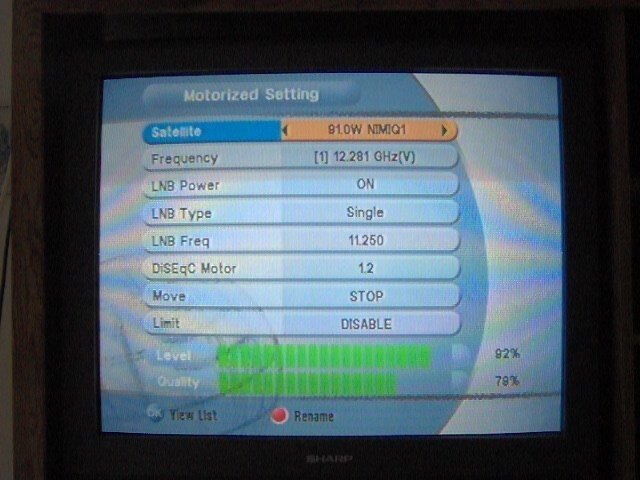 IM000483.JPG49 KB · Views: 1,728
IM000483.JPG49 KB · Views: 1,728 -
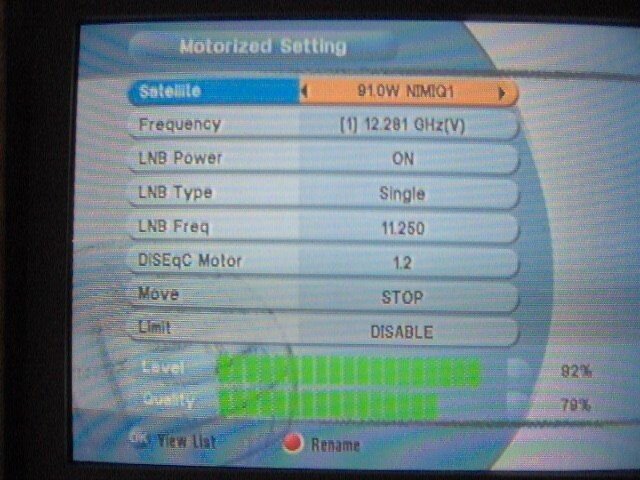 IM000484.JPG58.9 KB · Views: 1,706
IM000484.JPG58.9 KB · Views: 1,706 -
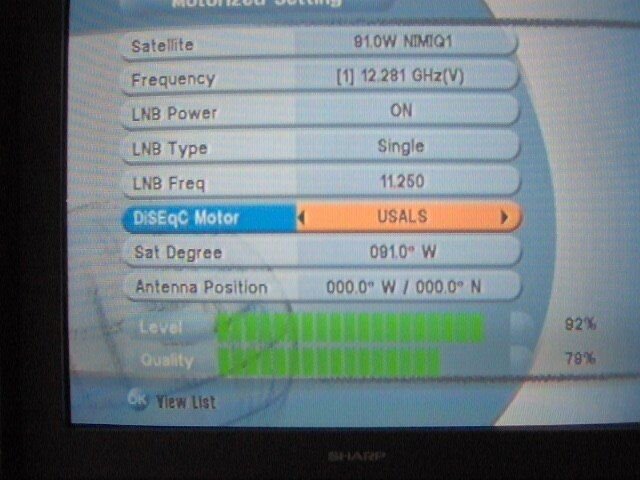 IM000485.JPG48.6 KB · Views: 1,463
IM000485.JPG48.6 KB · Views: 1,463 -
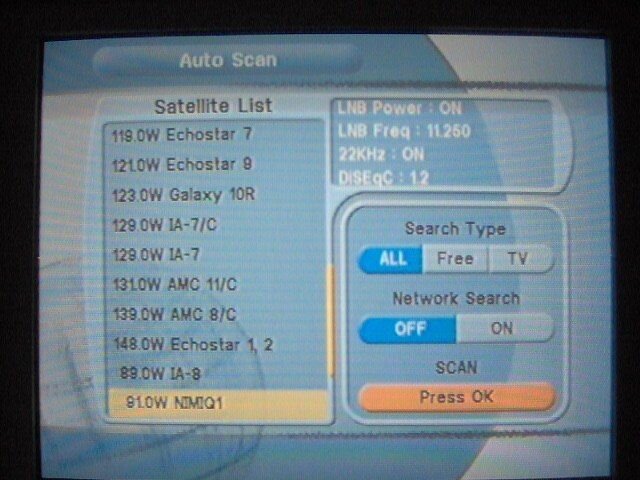 IM000486.JPG53.1 KB · Views: 1,427
IM000486.JPG53.1 KB · Views: 1,427 -
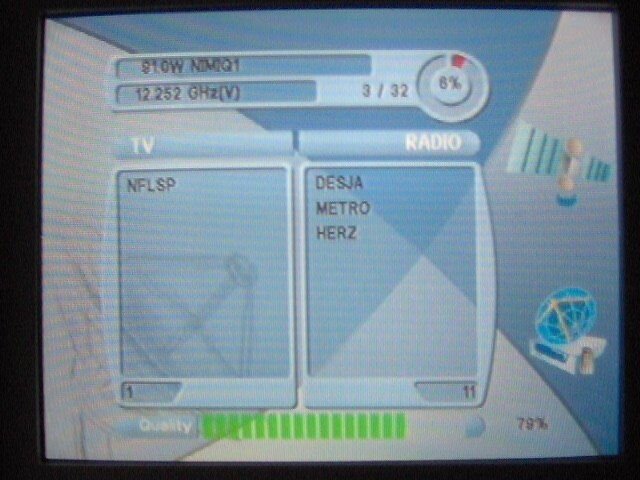 IM000487.JPG49.6 KB · Views: 1,352
IM000487.JPG49.6 KB · Views: 1,352 -
 IM000488.JPG48.1 KB · Views: 1,336
IM000488.JPG48.1 KB · Views: 1,336 -
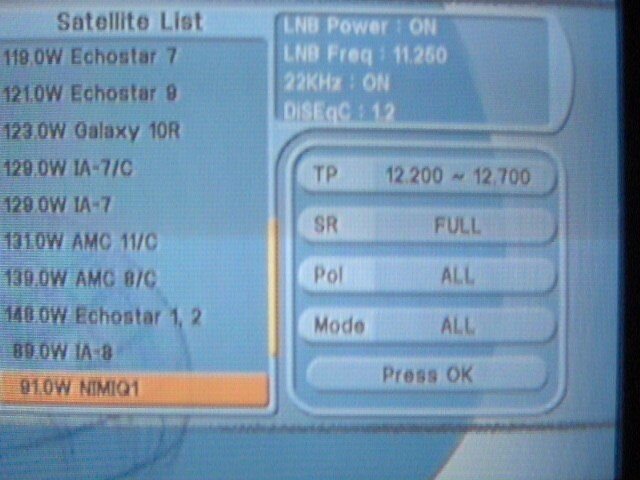 IM000489.JPG46.2 KB · Views: 1,244
IM000489.JPG46.2 KB · Views: 1,244 -
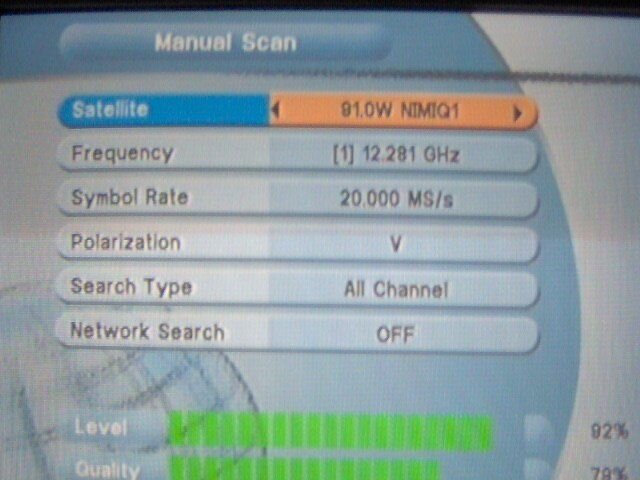 IM000490.JPG41.5 KB · Views: 1,240
IM000490.JPG41.5 KB · Views: 1,240 -
 IM000491.JPG44.7 KB · Views: 1,239
IM000491.JPG44.7 KB · Views: 1,239 -
 IM000492.JPG39 KB · Views: 1,122
IM000492.JPG39 KB · Views: 1,122 -
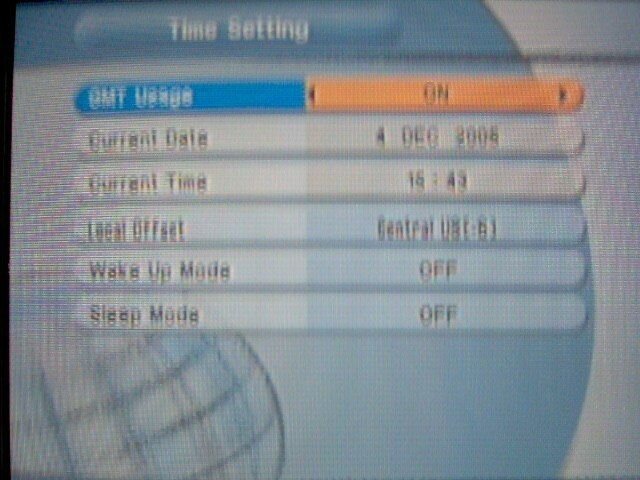 IM000493.JPG50.5 KB · Views: 1,145
IM000493.JPG50.5 KB · Views: 1,145 -
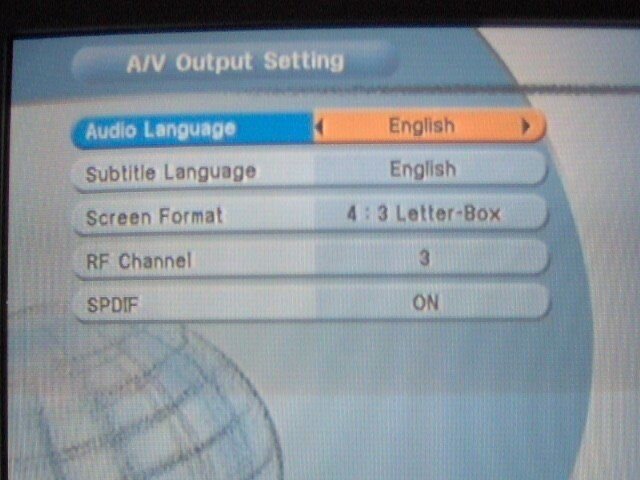 IM000494.JPG44.2 KB · Views: 1,045
IM000494.JPG44.2 KB · Views: 1,045 -
 IM000495.JPG52.3 KB · Views: 1,076
IM000495.JPG52.3 KB · Views: 1,076 -
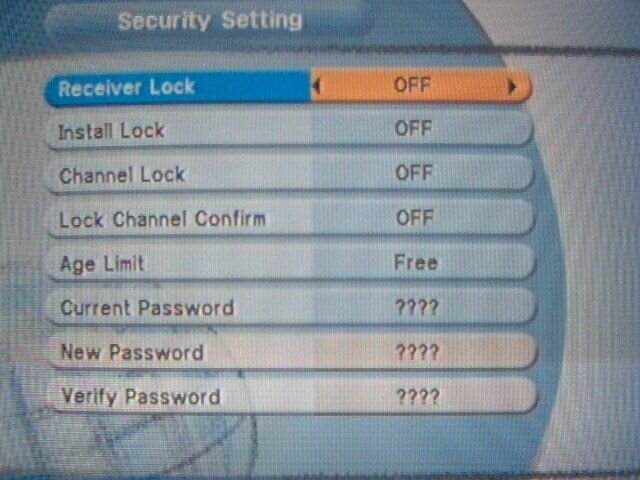 IM000496.JPG55.1 KB · Views: 1,136
IM000496.JPG55.1 KB · Views: 1,136 -
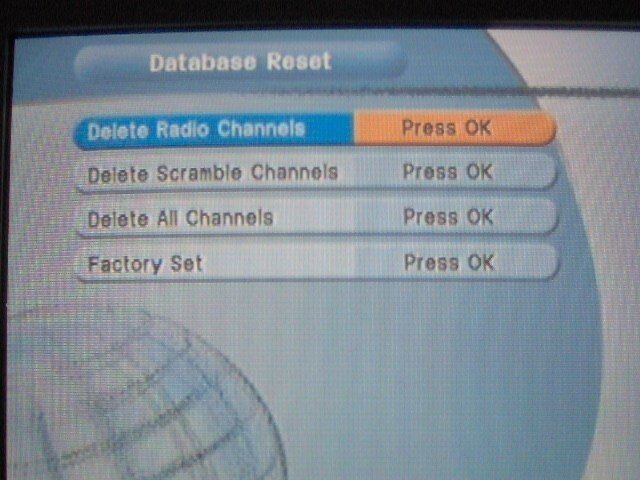 IM000497.JPG49.7 KB · Views: 1,056
IM000497.JPG49.7 KB · Views: 1,056 -
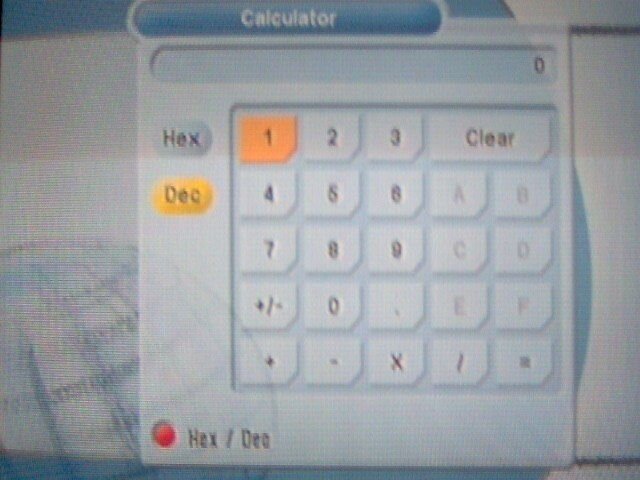 IM000498.JPG41.9 KB · Views: 1,163
IM000498.JPG41.9 KB · Views: 1,163 -
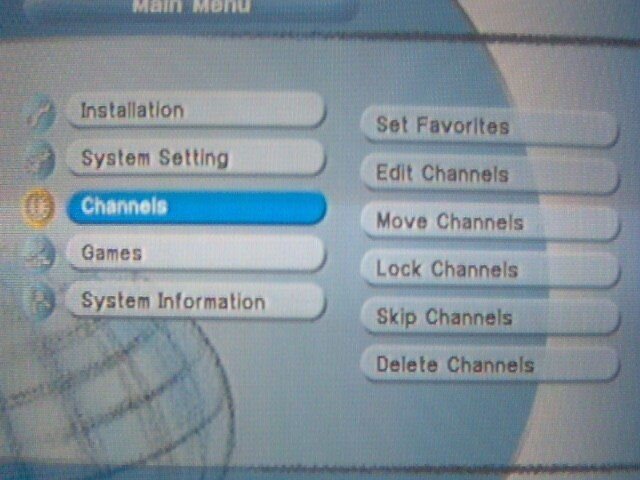 IM000499.JPG46.6 KB · Views: 1,085
IM000499.JPG46.6 KB · Views: 1,085 -
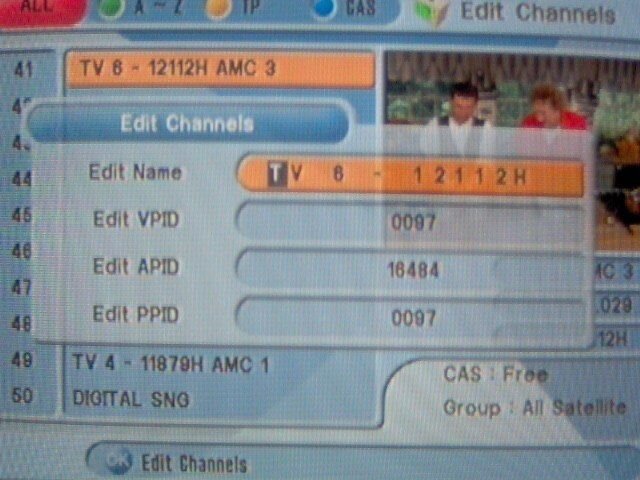 IM000500.JPG52.8 KB · Views: 1,163
IM000500.JPG52.8 KB · Views: 1,163 -
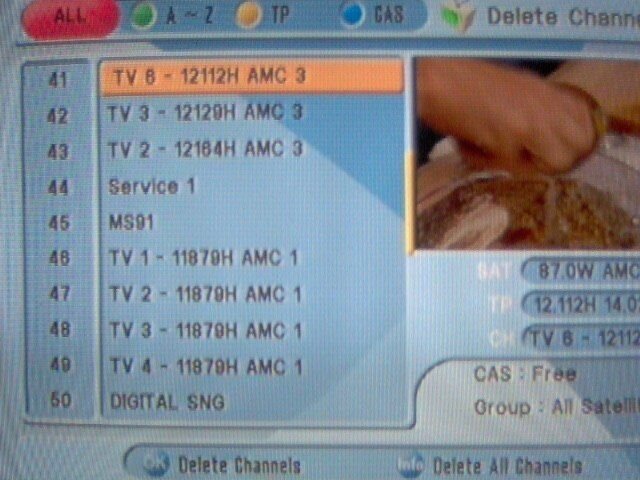 IM000501.JPG53.8 KB · Views: 1,356
IM000501.JPG53.8 KB · Views: 1,356 -
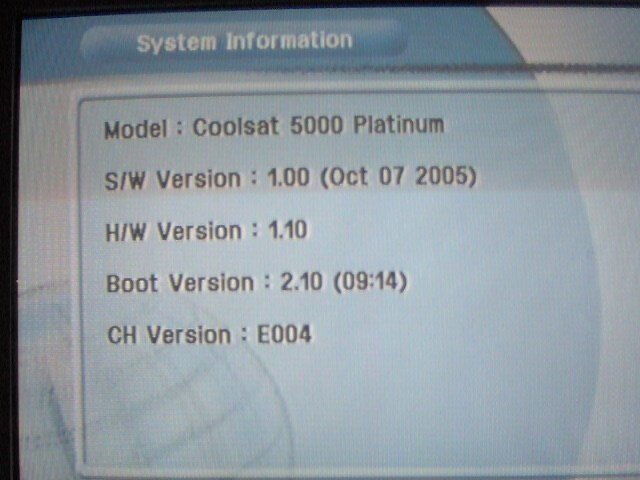 IM000502.JPG39.5 KB · Views: 1,116
IM000502.JPG39.5 KB · Views: 1,116 -
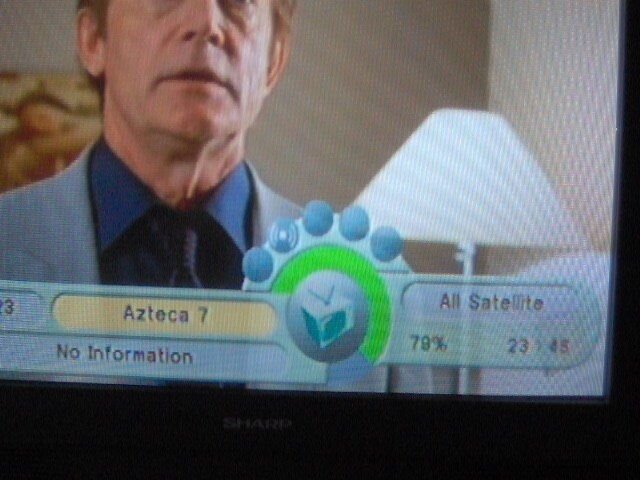 IM000504.JPG46.9 KB · Views: 1,772
IM000504.JPG46.9 KB · Views: 1,772 -
 IM000505.JPG50.1 KB · Views: 1,226
IM000505.JPG50.1 KB · Views: 1,226 -
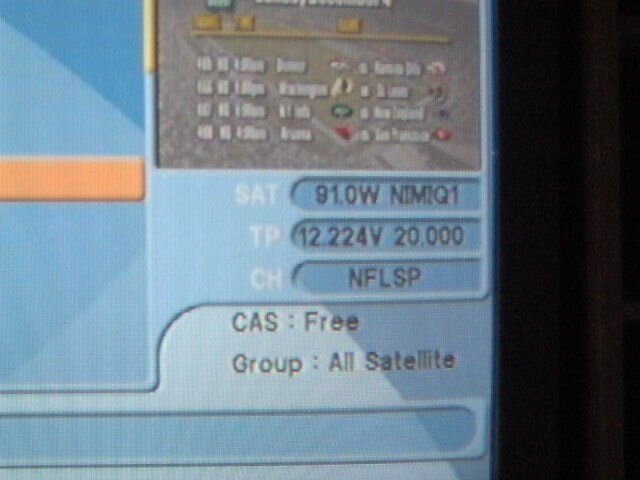 IM000506.JPG38.6 KB · Views: 1,074
IM000506.JPG38.6 KB · Views: 1,074 -
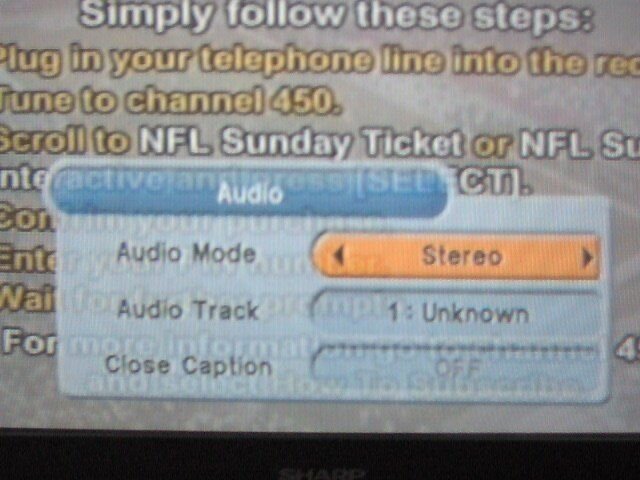 IM000507.JPG46.9 KB · Views: 1,085
IM000507.JPG46.9 KB · Views: 1,085 -
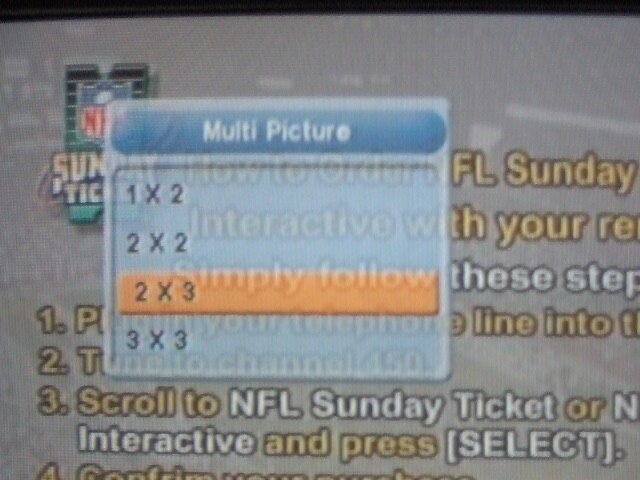 IM000508.JPG46.7 KB · Views: 1,054
IM000508.JPG46.7 KB · Views: 1,054 -
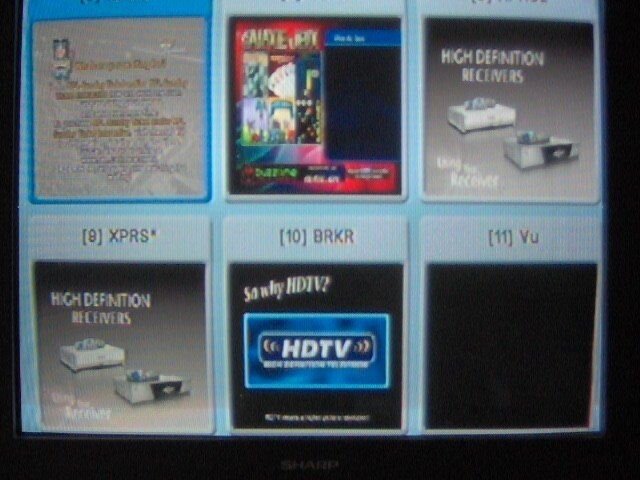 IM000510.JPG51.4 KB · Views: 1,494
IM000510.JPG51.4 KB · Views: 1,494 -
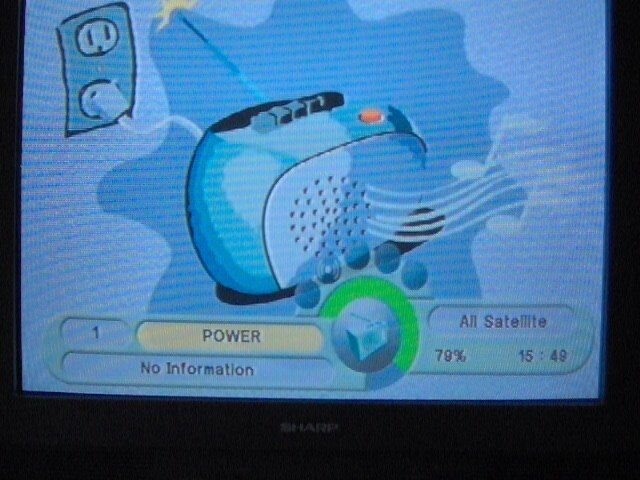 IM000511.JPG55.3 KB · Views: 1,418
IM000511.JPG55.3 KB · Views: 1,418 -
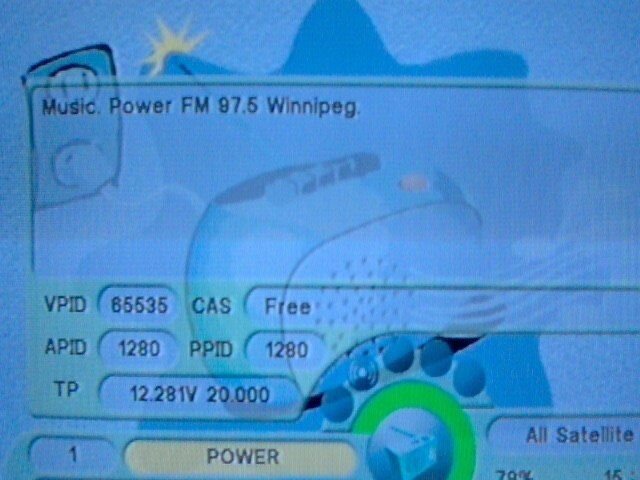 IM000512.JPG46.2 KB · Views: 1,186
IM000512.JPG46.2 KB · Views: 1,186 -
 IM000514.JPG50.3 KB · Views: 1,288
IM000514.JPG50.3 KB · Views: 1,288 -
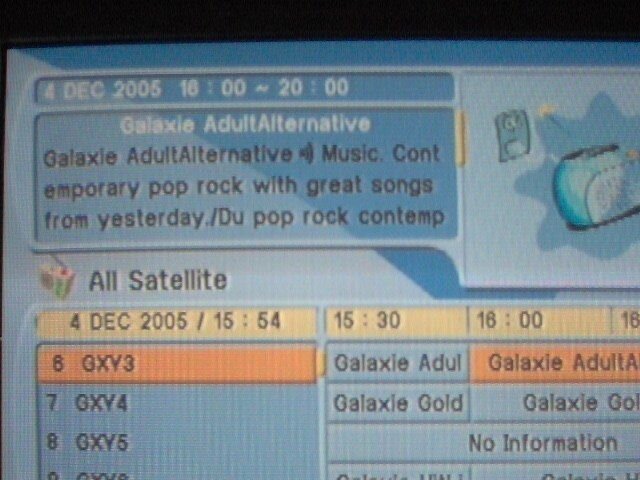 IM000515.JPG52.2 KB · Views: 1,130
IM000515.JPG52.2 KB · Views: 1,130 -
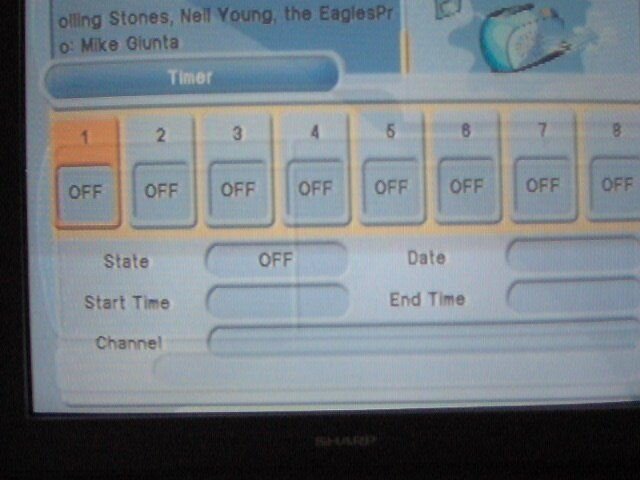 IM000516.JPG38.3 KB · Views: 1,133
IM000516.JPG38.3 KB · Views: 1,133 -
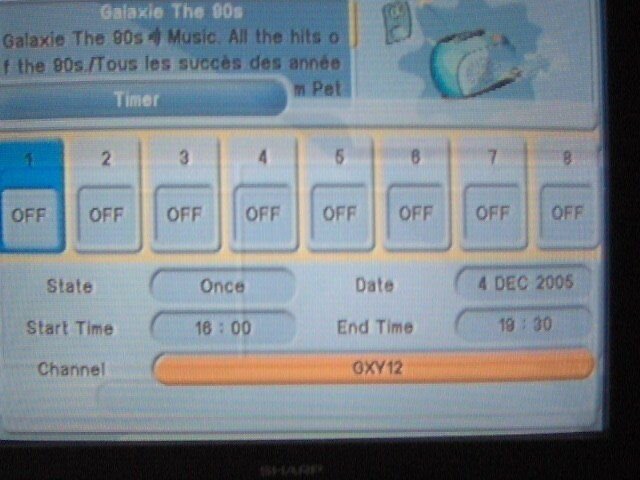 IM000517.JPG46.6 KB · Views: 1,117
IM000517.JPG46.6 KB · Views: 1,117 -
 IM000518.JPG38.8 KB · Views: 1,158
IM000518.JPG38.8 KB · Views: 1,158 -
 IM000519.JPG46.9 KB · Views: 1,365
IM000519.JPG46.9 KB · Views: 1,365 -
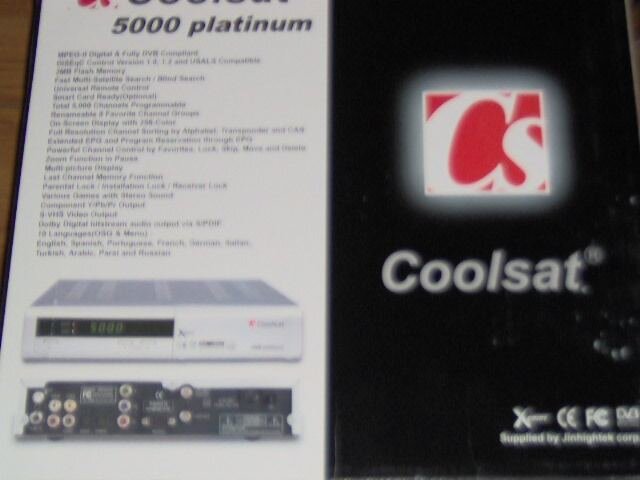 IM000522.JPG29.3 KB · Views: 1,368
IM000522.JPG29.3 KB · Views: 1,368 -
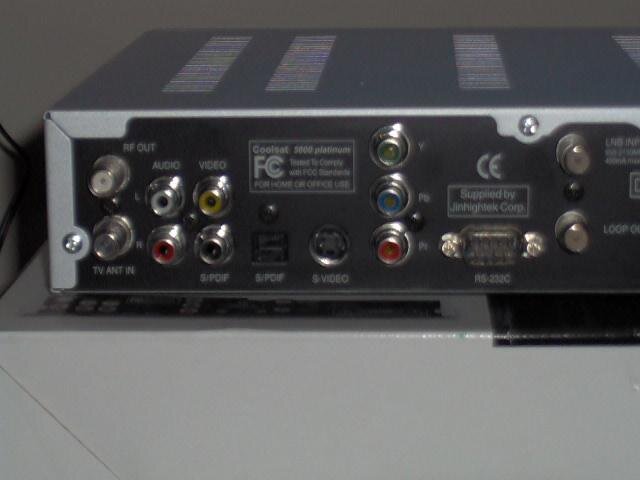 IM000525.JPG21.8 KB · Views: 1,455
IM000525.JPG21.8 KB · Views: 1,455 -
 IM000526.JPG41.4 KB · Views: 1,323
IM000526.JPG41.4 KB · Views: 1,323 -
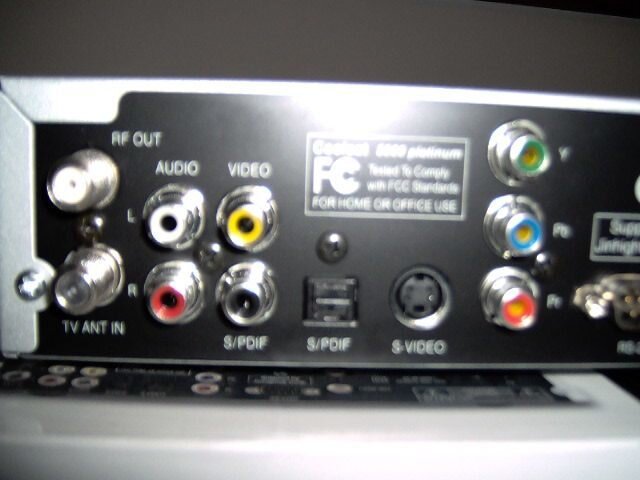 IM000527.JPG38.2 KB · Views: 1,674
IM000527.JPG38.2 KB · Views: 1,674 -
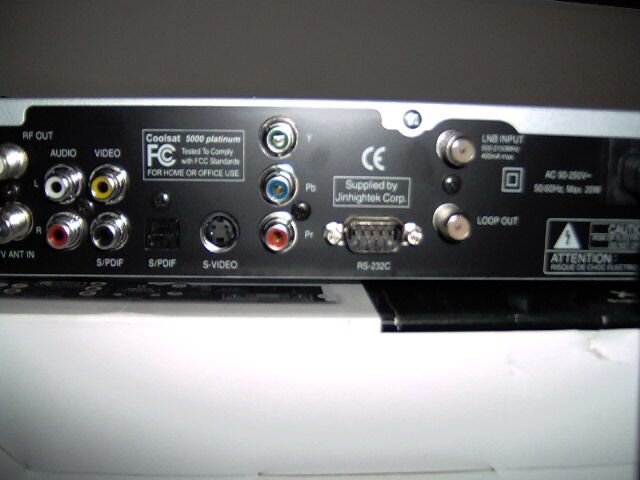 IM000528.JPG33.1 KB · Views: 1,511
IM000528.JPG33.1 KB · Views: 1,511
Last edited:

